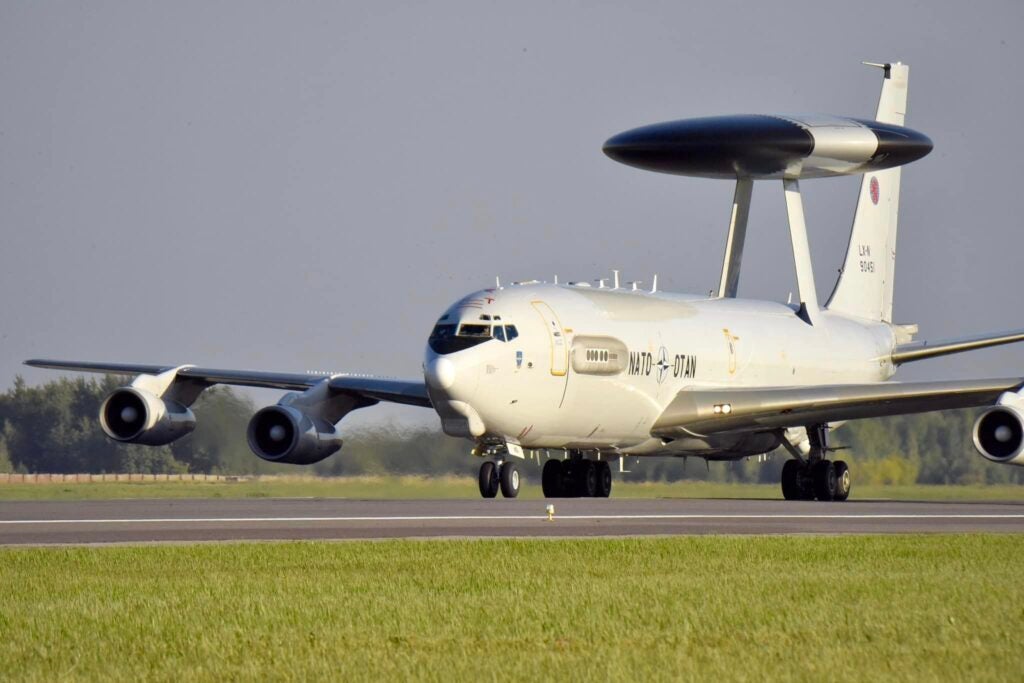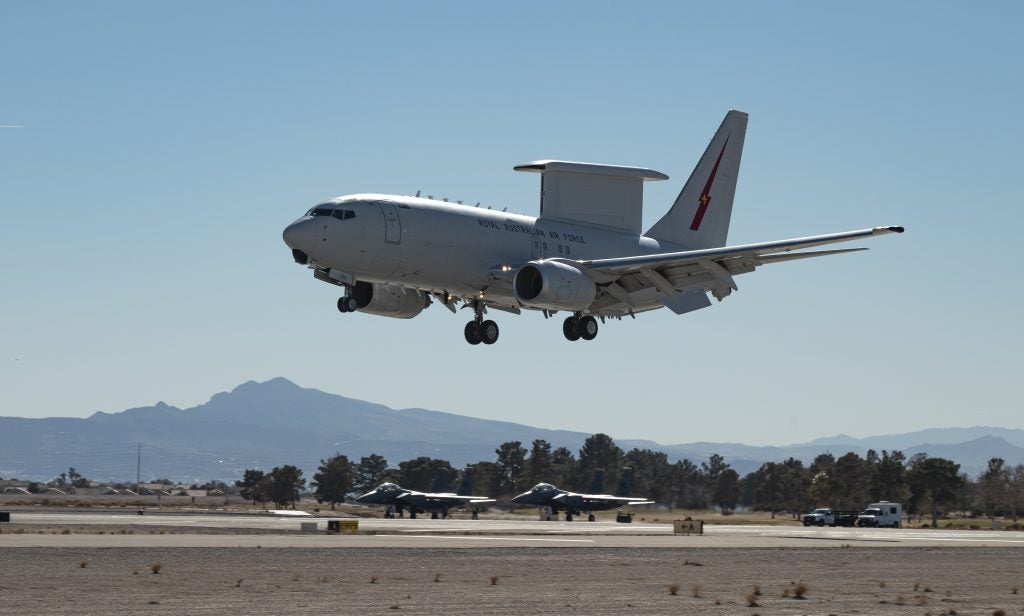NATO Selects E-7 Wedgetail As New Airborne Command And Control Aircraft
The North Atlantic Treaty Organization announced on 15 November that it has selected Boeing’s E-7A Wedgetail to serve as its next generation of airborne early warning and command aircraft.
In a statement, NATO said that it would be procuring six Wedgetails to replace its current fleet of E-3 Sentries, with the first Wedgetail expected to be ready for operational duty in 2031. NATO members approved the selection of the Wedgetail earlier this month, with production expected to begin “in the coming years”.
Originally designed by Boeing for the Royal Australian Air Force, the Boeing 737-based Wedgetail is currently in service with NATO member Turkey, with the United Kingdom planning to procure three to replace its own Sentries. The United States has commissioned Boeing to develop a new variant of the Wedgetail to replace its own Sentries as well.
“Surveillance and control aircraft are crucial for NATO’s collective defence and I welcome Allies’ commitment to investing in high-end capabilities,” said NATO Secretary General Jens Stoltenberg. “By pooling resources, Allies can buy and operate major assets collectively that would be too expensive for individual countries to purchase. This investment in state-of-the-art technology shows the strength of transatlantic defence cooperation as we continue to adapt to a more unstable world”.

NATO currently operates 14 E-3A Sentries. The Airborne Warning and Control Aircraft are based at Geilenkirchen airbase in Germany, with the Wedgetails planned to have their main base there as well.
NATO’s E-3s have been part of every major NATO operation, operating over the United States after the 9/11 attacks, over Afghanistan, as well as conducting missions in support of NATO operations in Libya and over the Middle East against the Islamic State. More recently, NATO Sentries have been active over NATO’s eastern flank following Russia’s full scale invasion of Ukraine, monitoring Russian air activity and providing assurance to NATO’s easternmost members.

